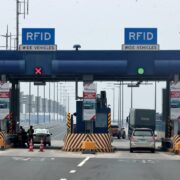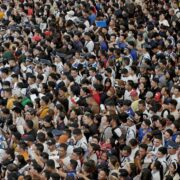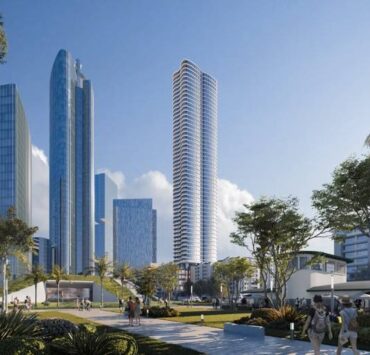The invisible asset behind property value
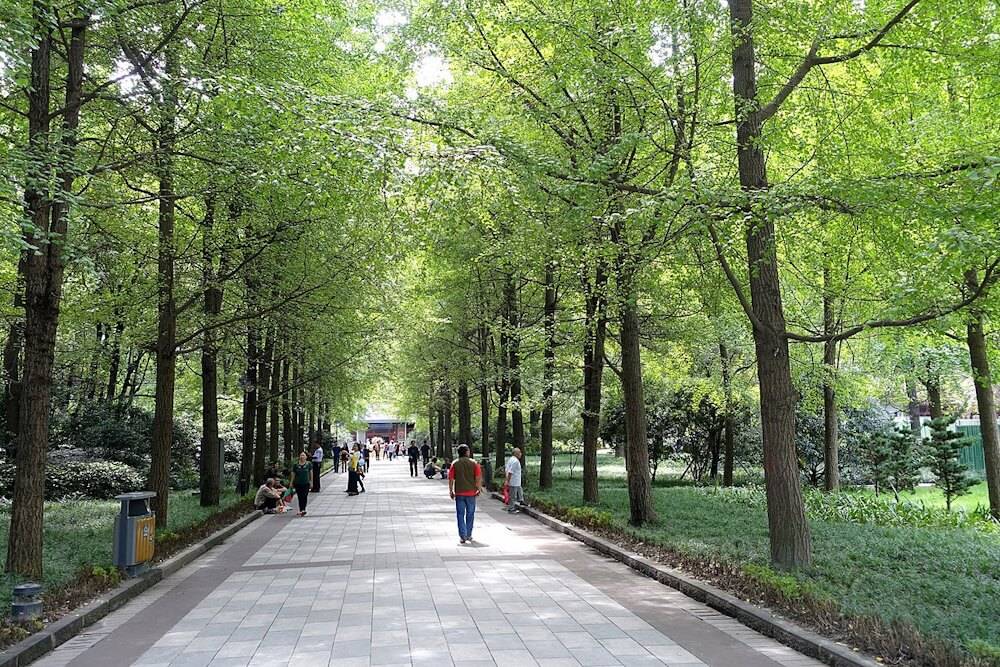
In rapidly growing cities, tall buildings and busy roads signal development. However, the presence of green and open spaces is also vital for long-term value as these enhance lifestyles and boost real estate economics.
A social luxury turned urban necessity
Green spaces once framed luxury living. They were the domains of upscale subdivisions and leisure estates, far removed from the pragmatic mindset of urban growth.
Research shows that globally, properties that are near well-maintained green zones have seen their values increase by about 8 to 20 percent. This preference for nature has a direct impact on demand, resulting in better tenants, lower vacancy rates, and higher resale values.
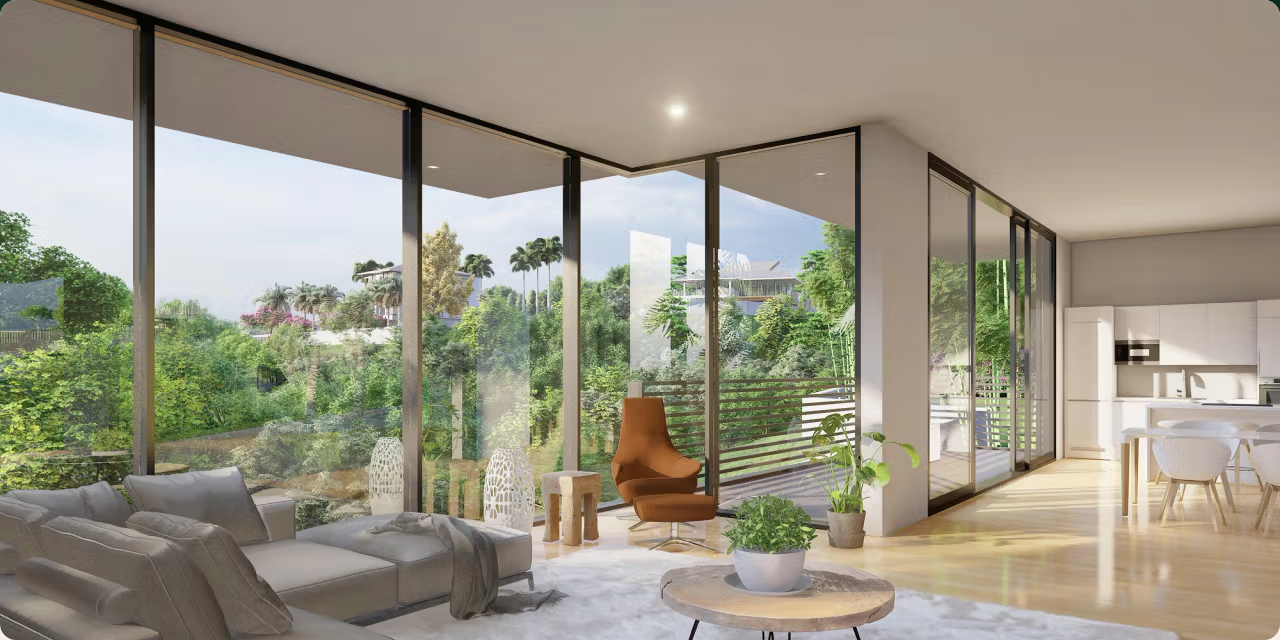
Livability is now an economic metric
The urban fabric of the Philippines remains locked in a race for vertical expansion, yet the ground plane tells a different story.
Mixed-use developments that incorporate walkable parks, recreational lawns, or integrated open spaces offer more than a visual break. They calibrate the sensory experience of the built environment.
Green spaces are essential in urban areas, as these help reduce heat, absorb noise, and improve air quality while offering relief from the dense city living environment. Their value is particularly highlighted during crises, such as floods and heatwaves, providing protection and refuge.
Property buyers see this resilience as a key factor in a property’s long-term value.
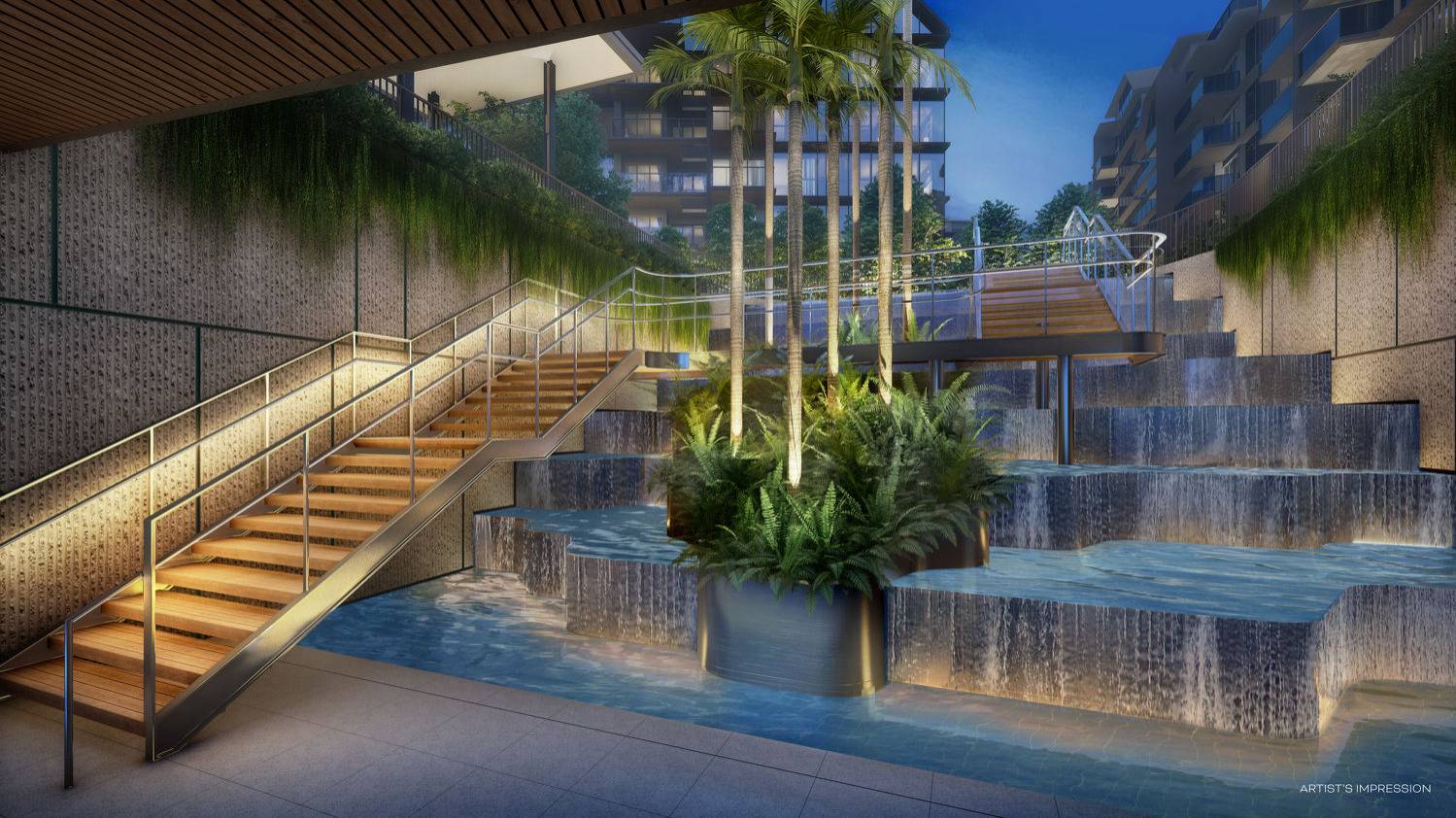
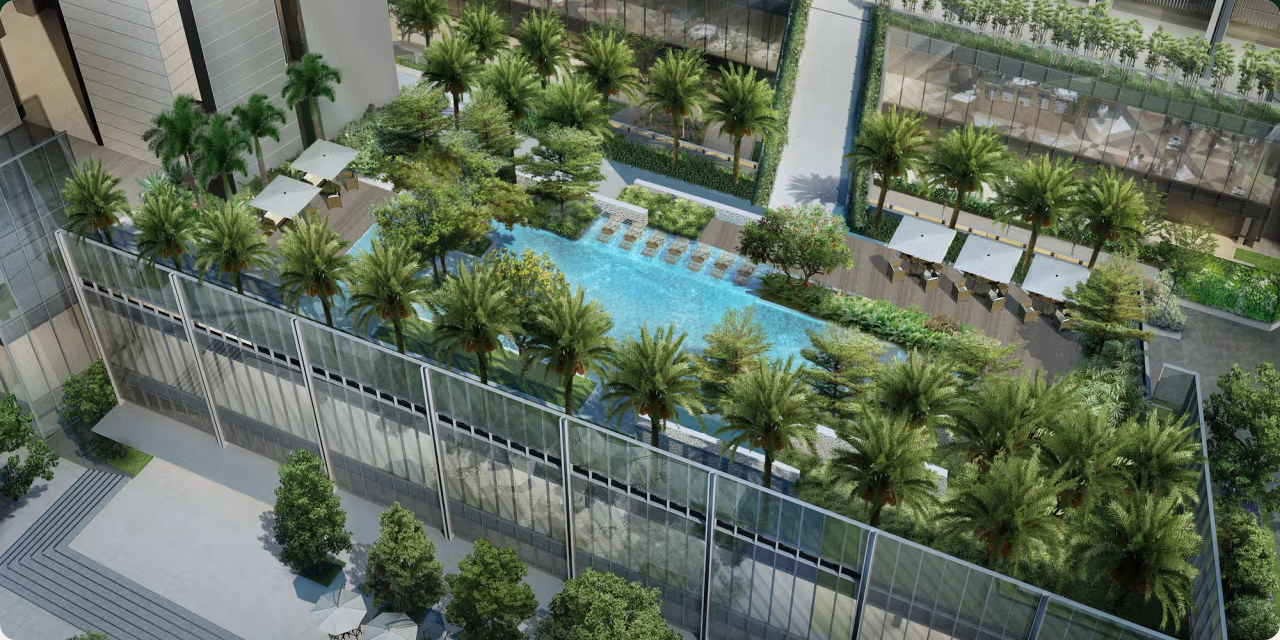
Designing for psychological terrain
Urban green spaces tap into deeply embedded cognitive preferences.
Humans respond favorably to organic patterns, filtered sunlight, and open vistas. These are not just matters of taste, but are rooted in biophilia. The psychological affinity to nature influences stress levels, attention spans, and spatial satisfaction.
Properties designed with visual corridors lead to open areas with trees or water features that punctuate the site, creating a spatial perception of ease and comfort. This psychological impact drives behavior. Residents linger longer, businesses see improved foot traffic, and visitors associate the environment with quality.
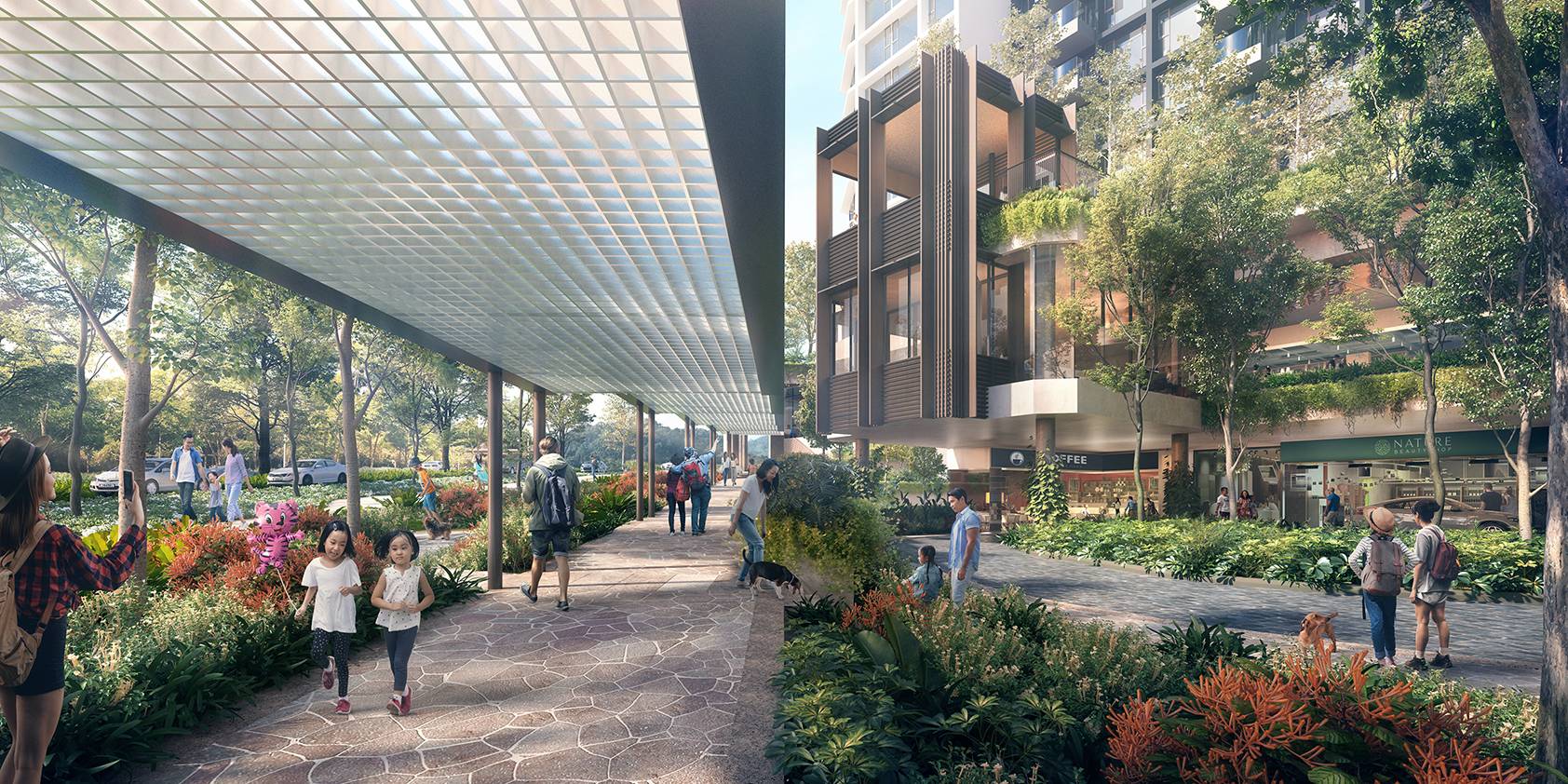
The investment logic of emptiness
Contrary to intuition, the most valuable square meters in development may not be those built up. Open plazas, linear parks, courtyards, and even setbacks, when designed well, outperform complex infrastructure in influencing perceived luxury and long-term livability.
An unbuilt portion of land often becomes the narrative space of the development, hosting communities and events, while photos capture the moments that center the identity of the estate.
Developers who anticipate this shift design their open spaces as programmable assets. They become venues, revenue generators, brand anchors, and decision-makers in buyers’ choices. A well-executed park, in terms of function and feel, supports the logic of premium pricing without increasing density.
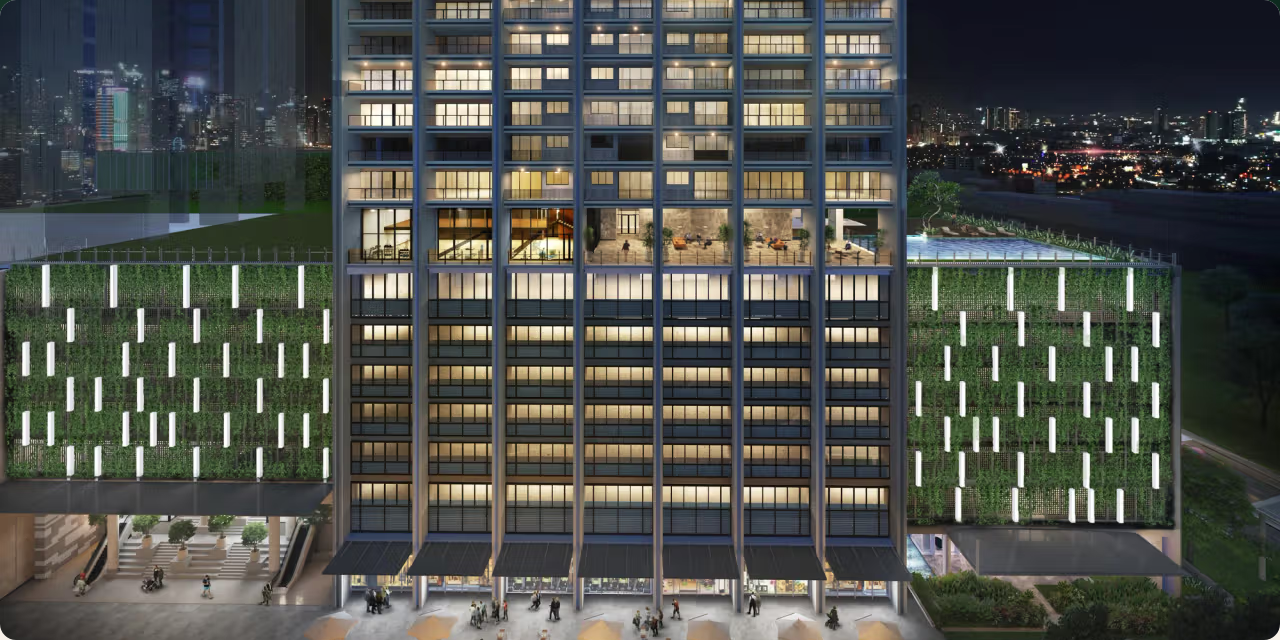
Building the future ground up
As cities adapt to climate changes and evolving demographics, green and open spaces will shift from being mere backdrops to central features.
Developments that prioritize this balance will enhance urban living and perform better in the market.
The author (www.ianfulgar.com), is a leading architect with an impressive portfolio of local and international clients. His team elevates hotels and resorts, condominiums, residences, and commercial and mixed-use township development projects. His innovative, cutting-edge design and business solutions have garnered industry recognition, making him the go-to expert for clients seeking to transform their real estate ventures





